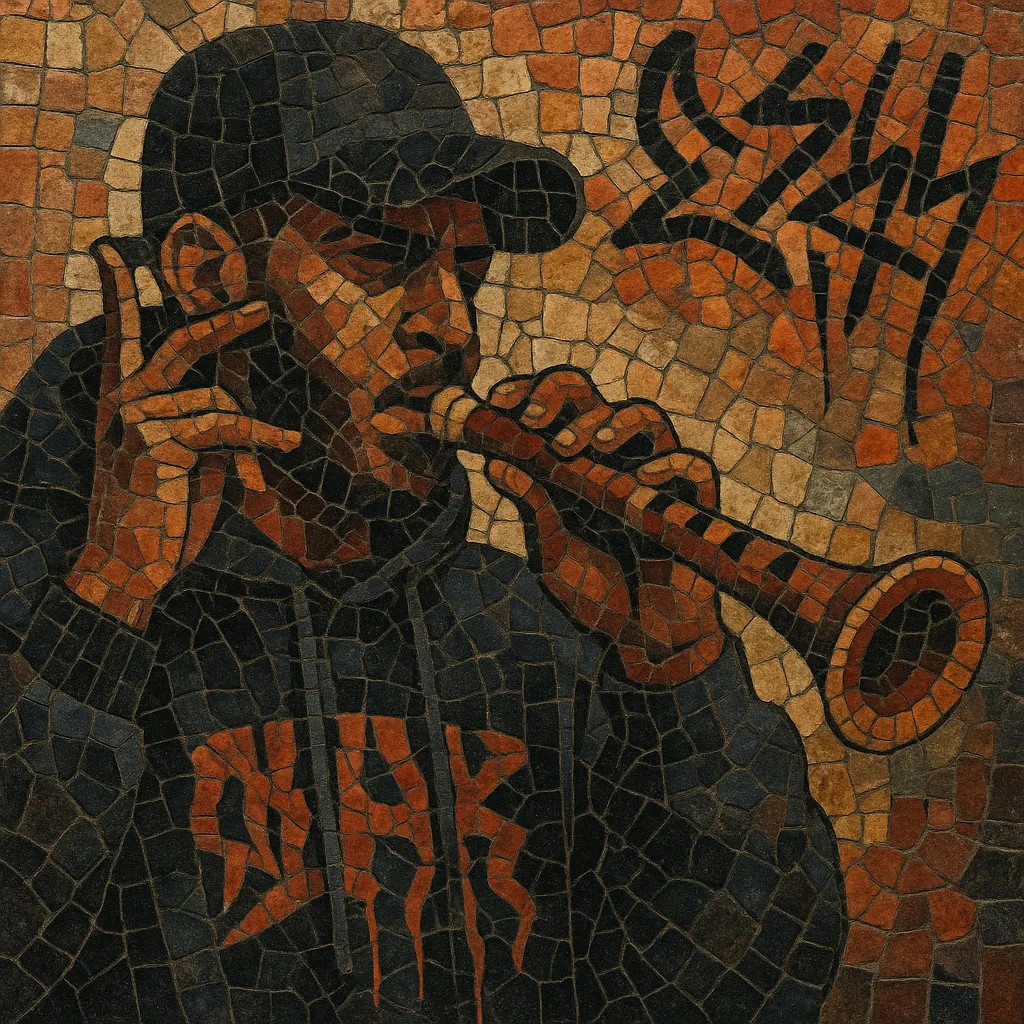Trap shaabi is an Egyptian fusion style that blends the street-party energy and timbres of shaabi/mahraganat with the half-time bounce, 808 weight, and ad‑libbed swagger of trap. It foregrounds Egyptian Arabic slang, bold hooks, and hyper-saturated sound design while retaining regional melodic colors and percussion.
Producers stitch together distorted mizmar and arghul riffs, darbuka and sagat patterns, and microtonal melodies using maqam flavors (Bayati, Hijaz, Nahawand), then anchor them with booming sub‑bass, skittering hi‑hats, and clap-heavy drums. The result is a gritty, dance‑primed urban sound that feels equally at home in Cairo side streets and global streaming playlists.
Trap shaabi grew from the collision of two parallel currents in Egypt: the grassroots electronic party style known as shaabi/mahraganat and the worldwide rise of trap. As mahraganat (often internationally dubbed “electro chaabi”) exploded out of Cairo’s working‑class weddings and microbuses, a new generation of rappers and producers absorbed its distorted synths, shouted refrains, and local percussion patterns. Simultaneously, the trap blueprint—808 sub-bass, half‑time bounce, and hi‑hat rolls—was becoming the lingua franca of global hip hop.
By the late 2010s, Egyptian artists began to hybridize these vocabularies with intent. Producers sampled or emulated mizmar/ney riffs and darbuka grooves inside trap frameworks, while MCs delivered bars in Egyptian Arabic over beats that nodded to maqsoum, baladi, and sa‘idi rhythms. Landmark singles and viral street videos helped codify the style’s signatures: saturated leads, clipped masters, chantable hooks, and a balance between rap verses and shaabi-style call‑and‑response.
In the 2020s, trap shaabi moved from niche scenes and SoundCloud circles into mainstream Egyptian charts and regional playlists. High-profile collaborations between rappers and mahraganat‑leaning producers, along with performances at large festivals, cemented the sound’s popularity. Its aesthetics—microtonal motifs over 808s, gritty vocal production, and party-forward refrains—have since influenced broader Arabic hip hop and even elements of Arabic pop production.


